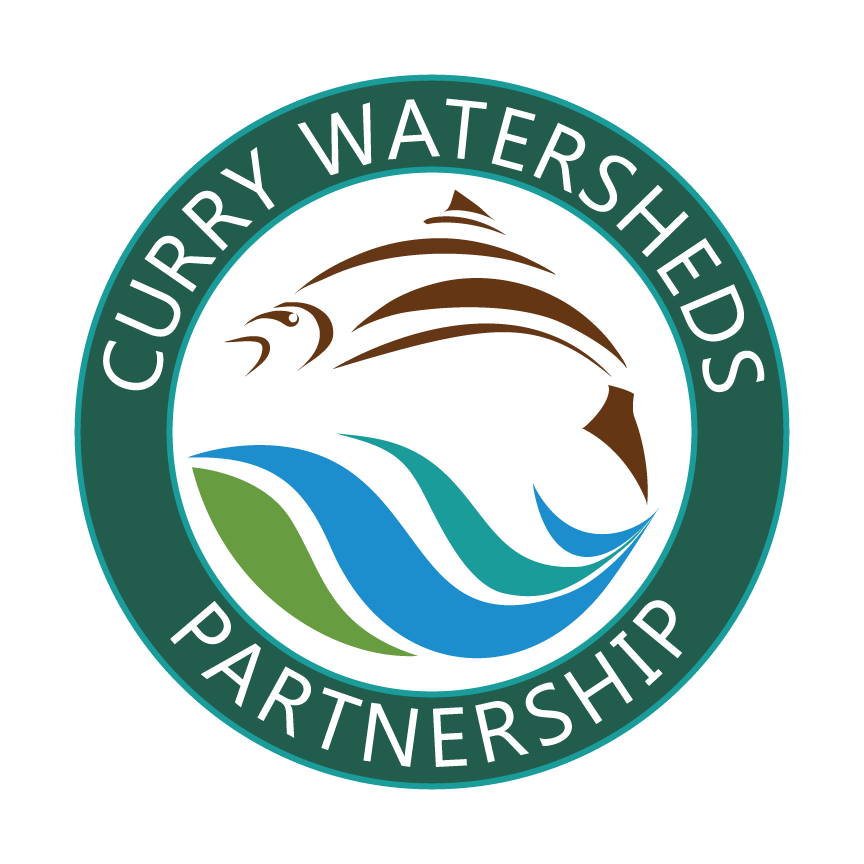Educator Resources
We have complied some lists of useful resources for educators to bring nature into their lessons.

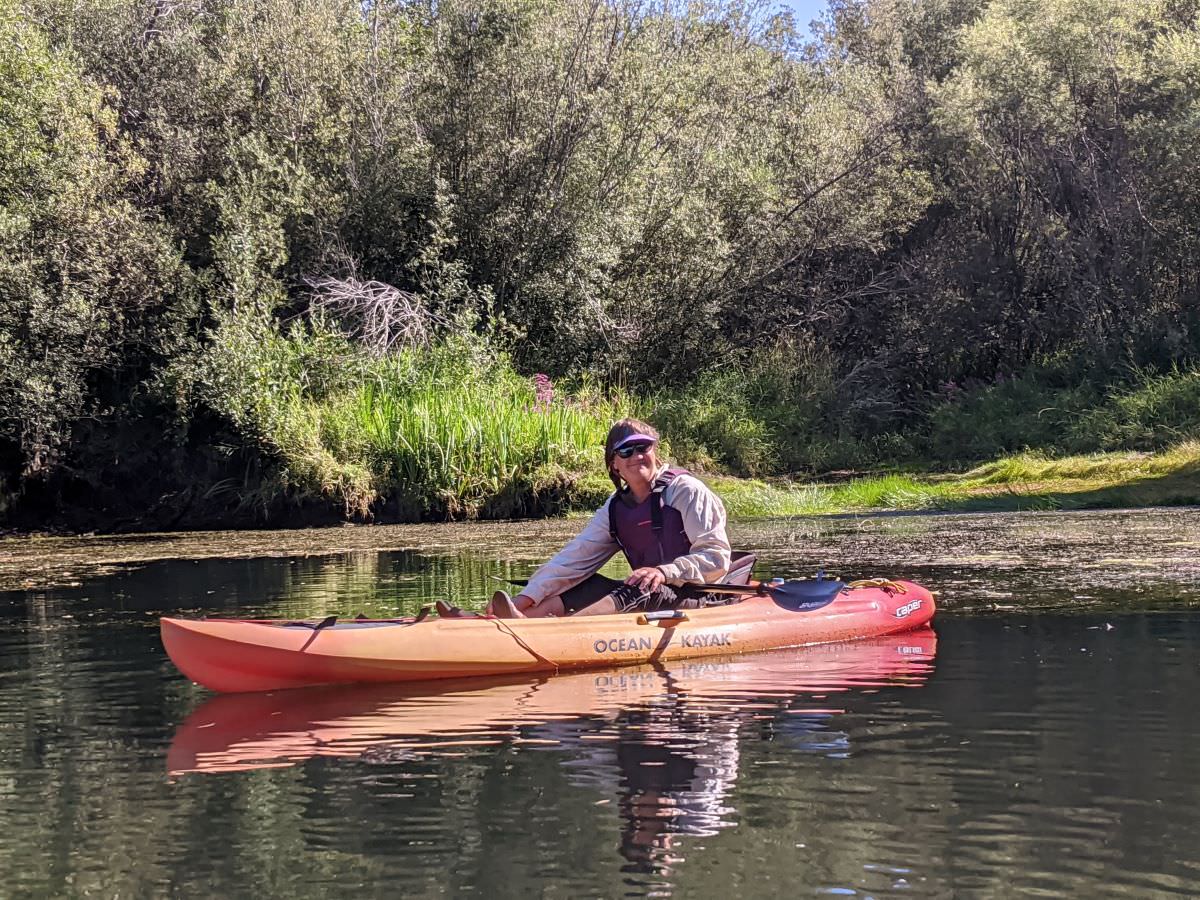
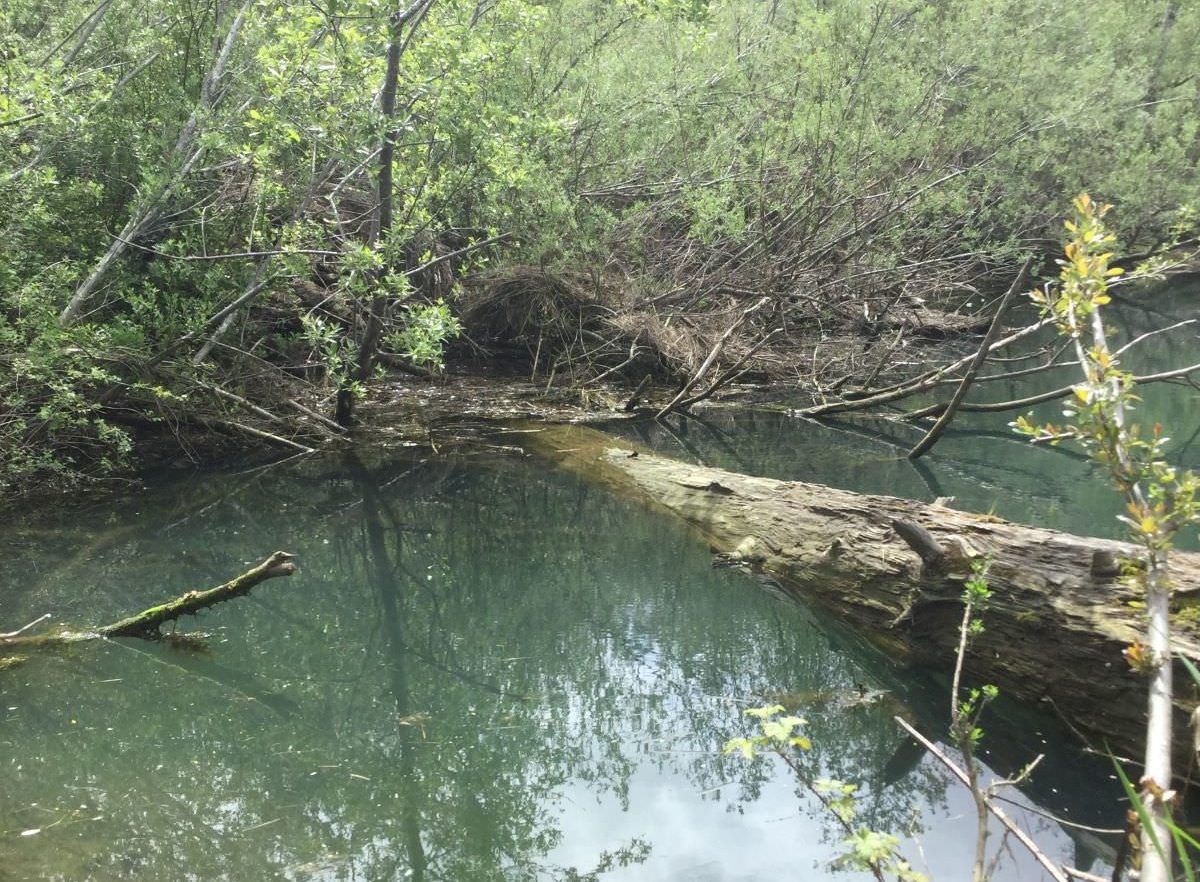
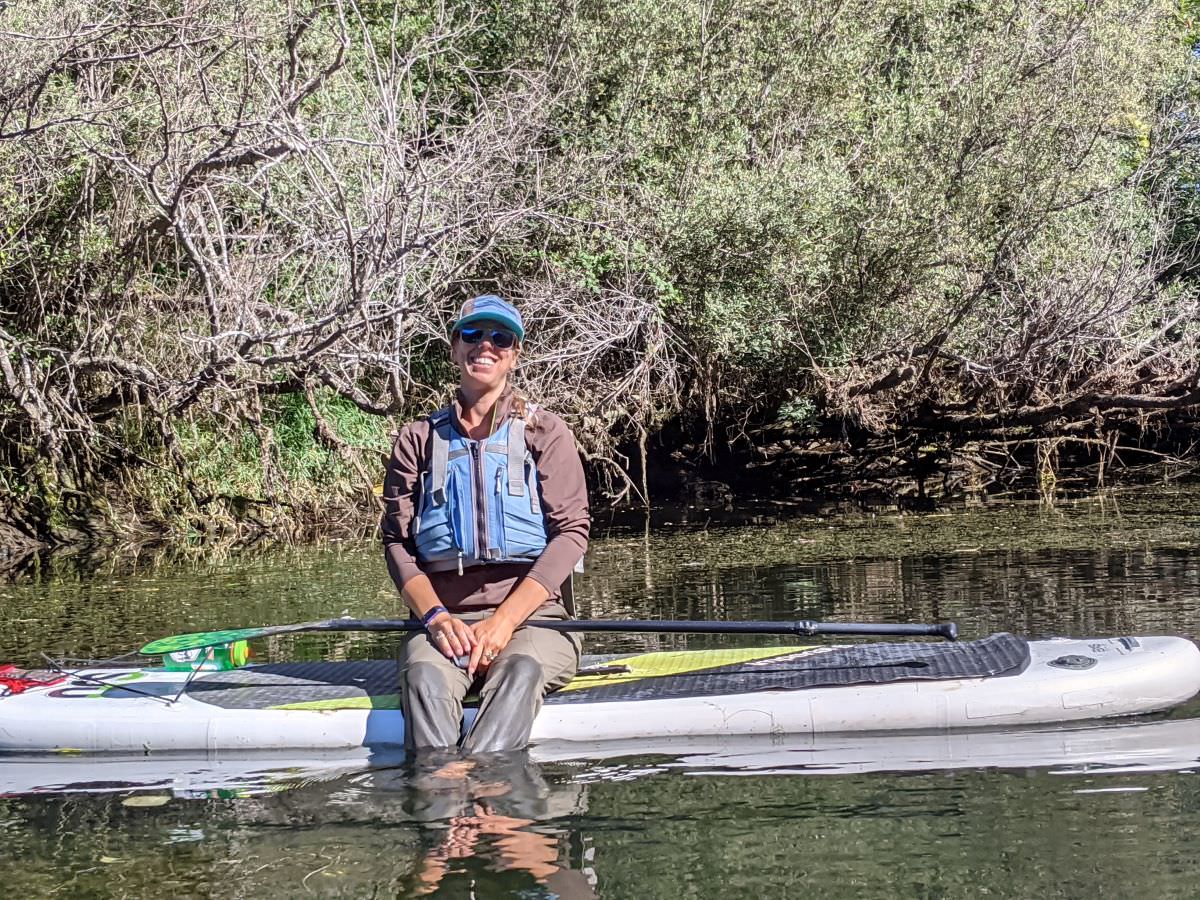
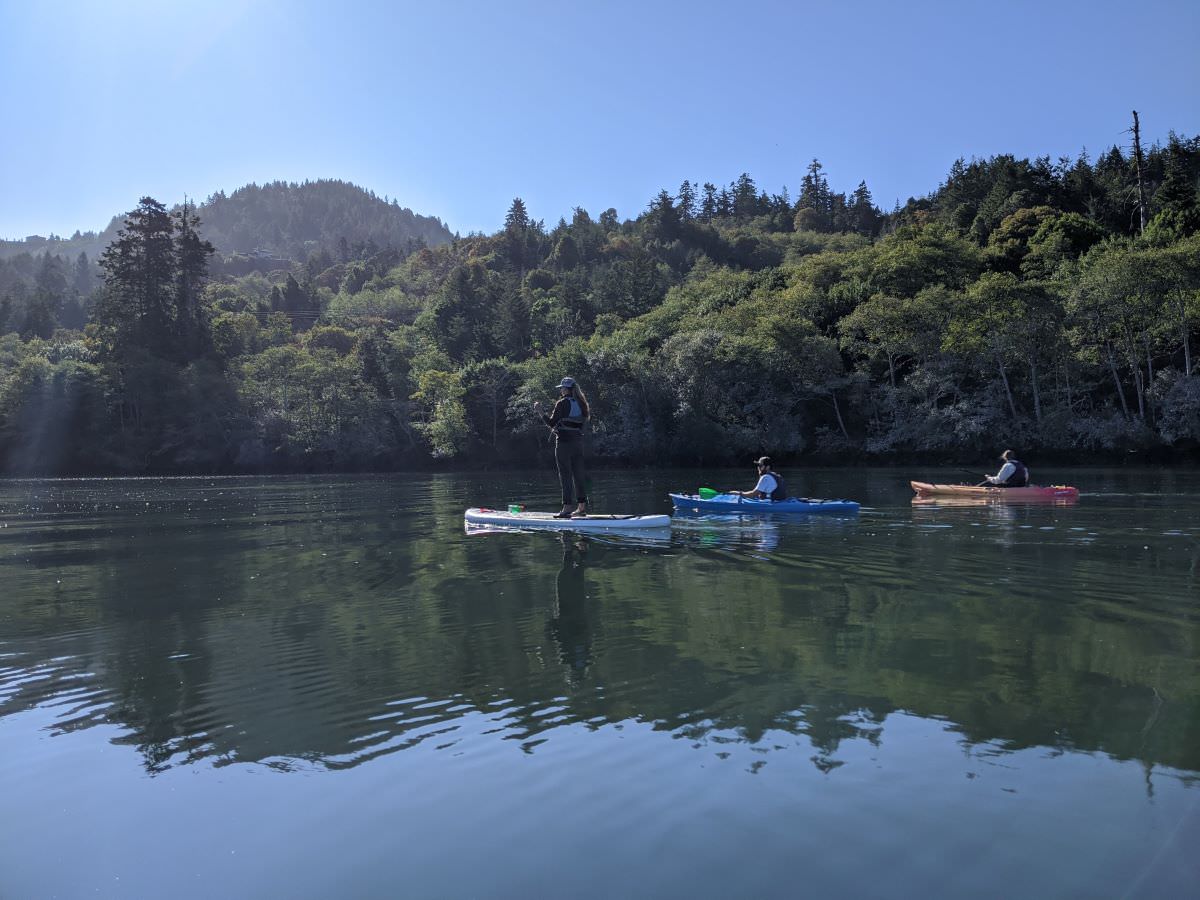
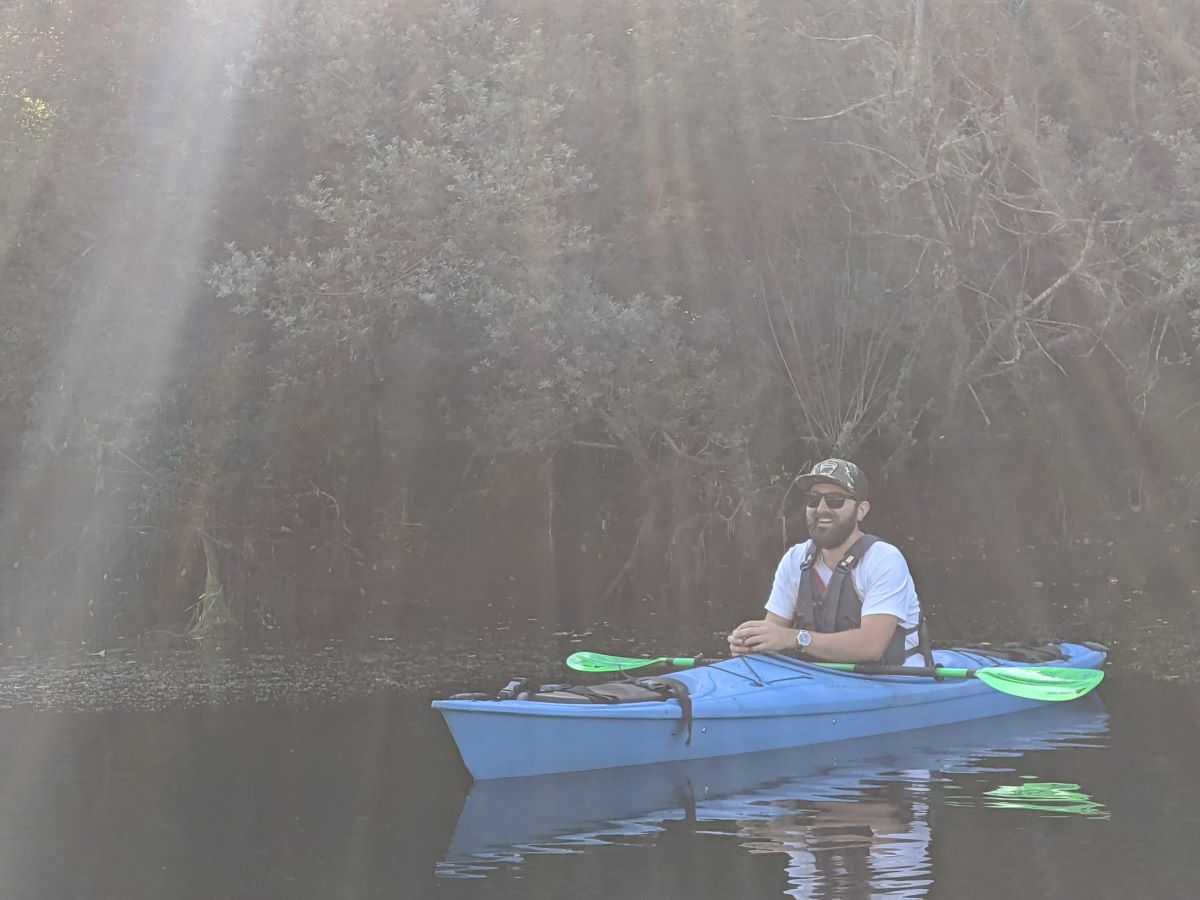
Learning About Your Foodshed
The term “foodshed,” borrowed from the concept of a watershed, was coined as early as 1929 to describe the flow of food from the area where it is grown into the place where it is consumed. Recently, the term has been revived as a way of looking at and thinking about local, sustainable food systems.“–Wisconsin Foodshed Research Project
Where is our food coming from, and how is it getting to us?
The majority of the food consumed in the United States “flows” to us from points across the globe. Although the food comes to us from many places, in our consciousness, it comes to us from no place in particular. And, although much of our food is inexpensive, it comes to us with many hidden environmental, social, and human health costs. Some of these costs, such as loss of habitat, pollution, excessive energy and water use, and the loss of small-farm workers’ jobs, can begin to be alleviated by doing such things as eating lower on the food chain, choosing unprocessed, unpackaged and organic foods, and buying locally produced goods.
